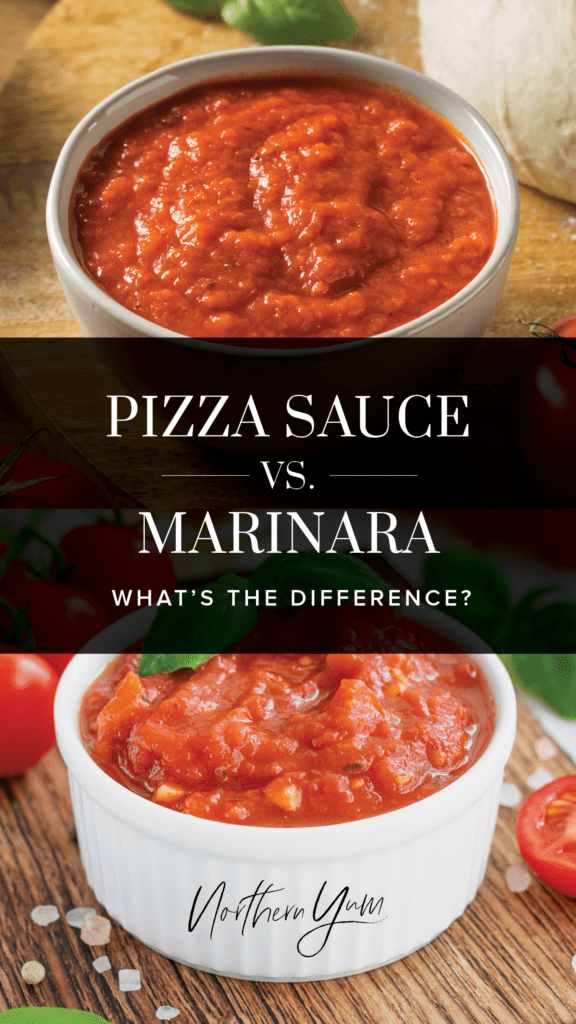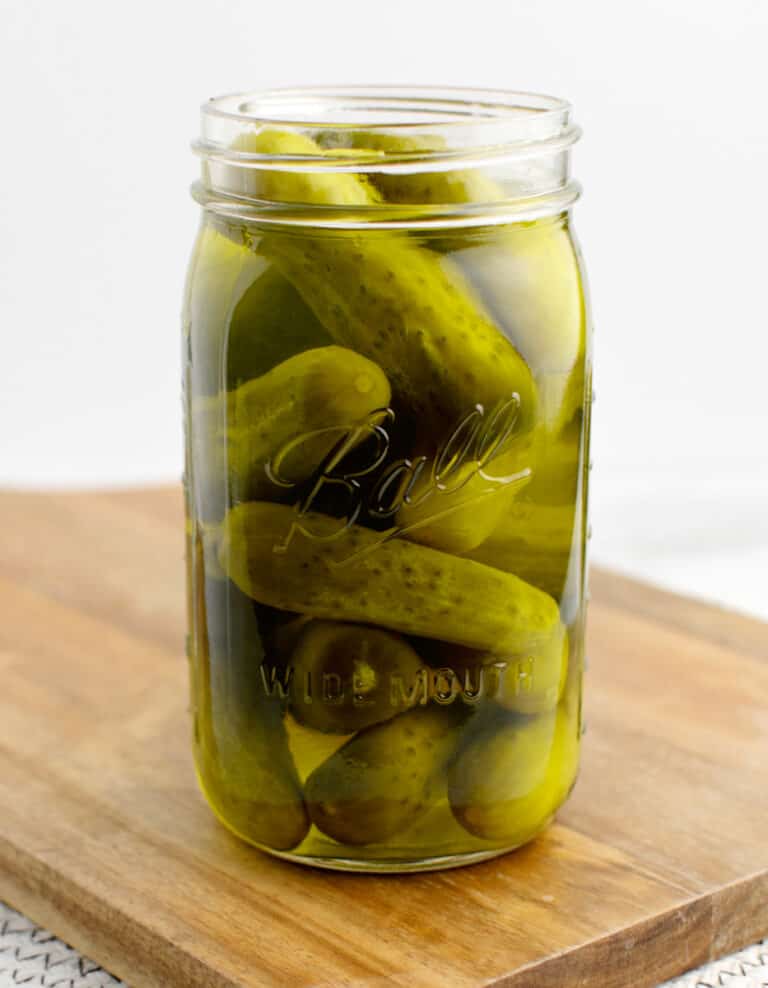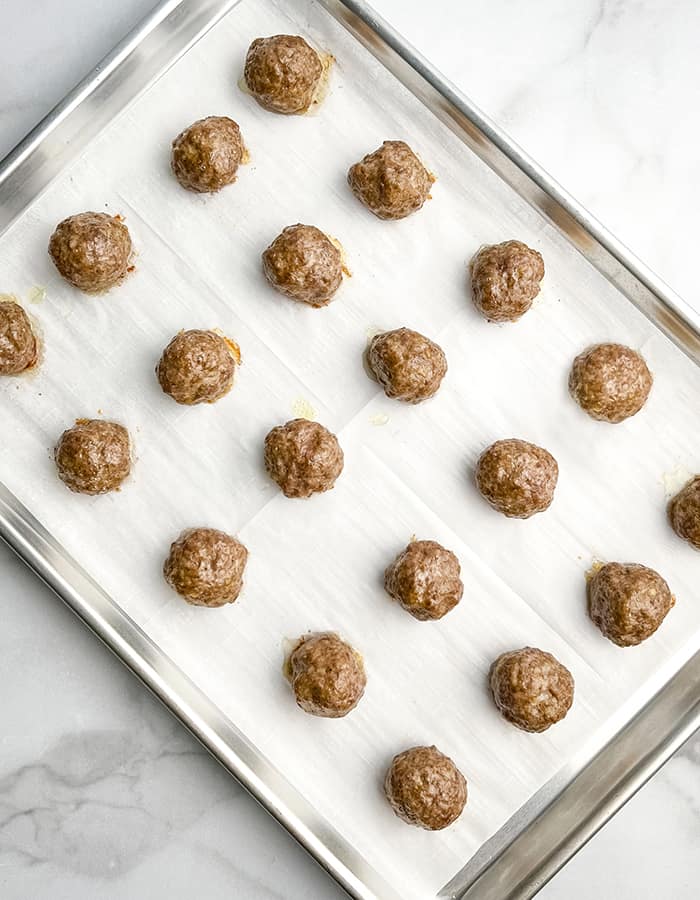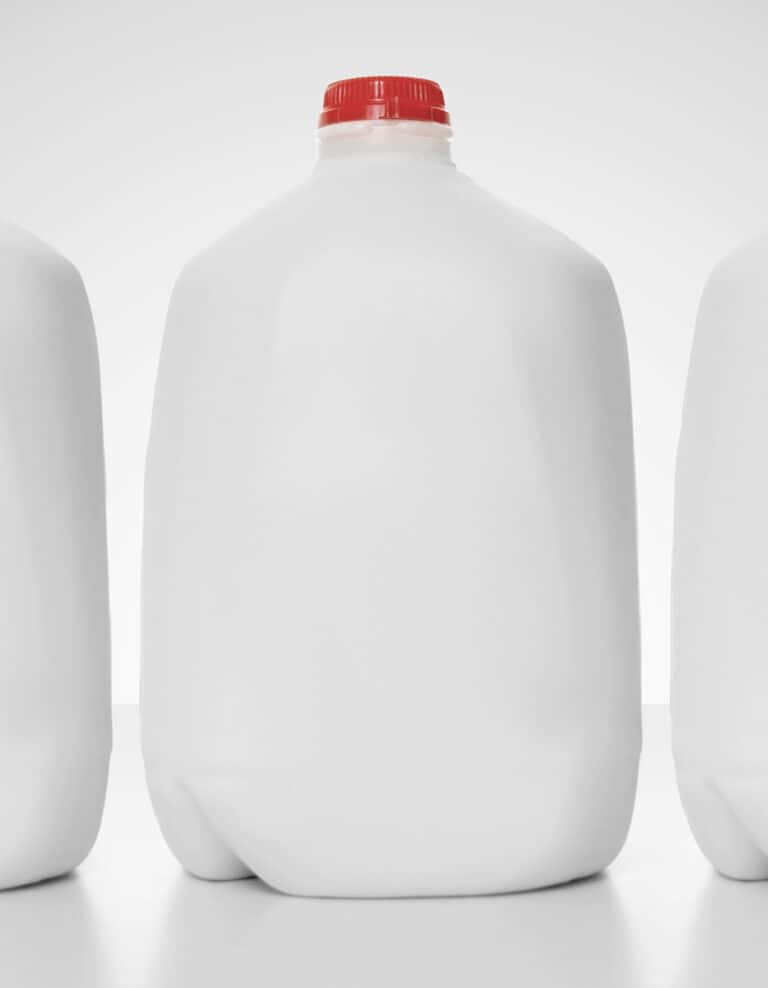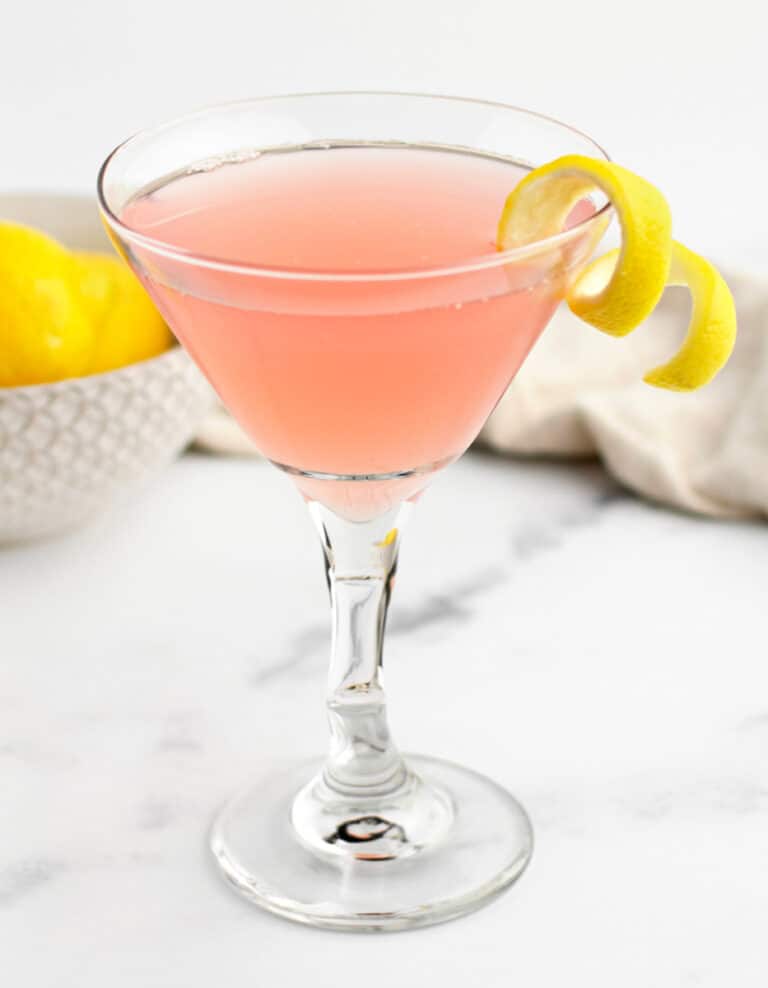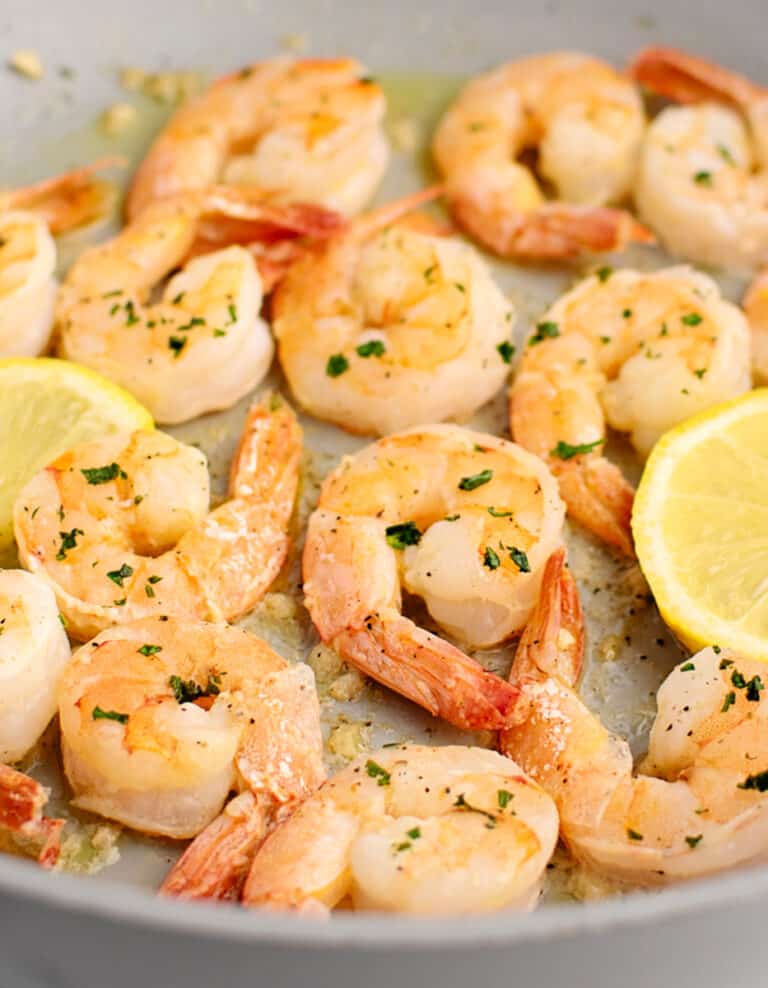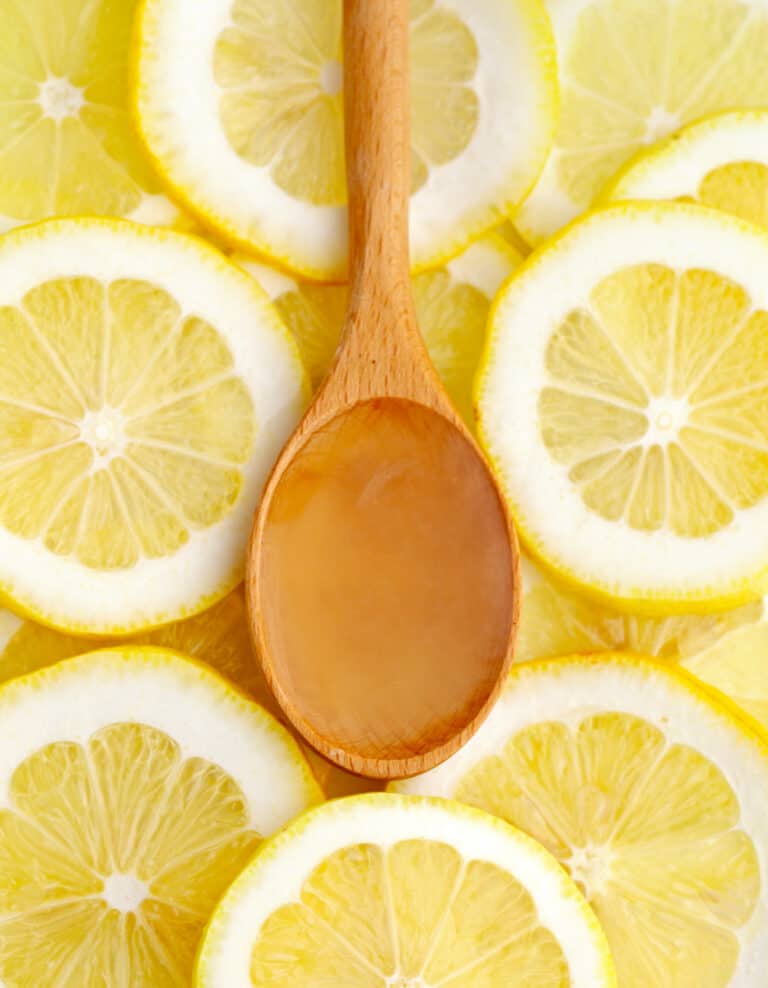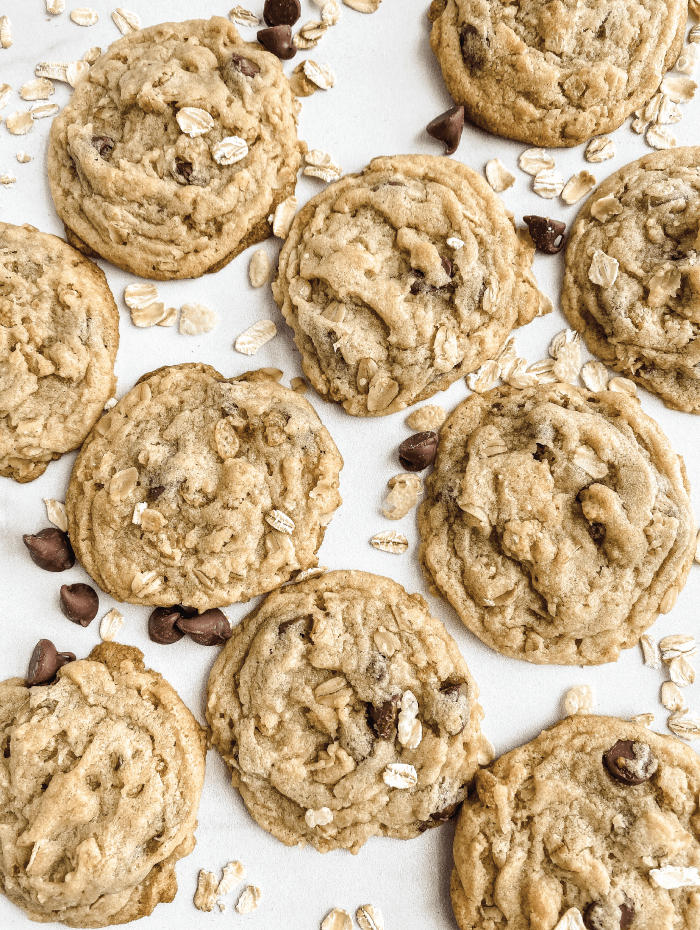Learn the main difference between pizza sauce and marinara. We’ll discuss their different ingredients, typical flavors and textures, and uses in cooking.
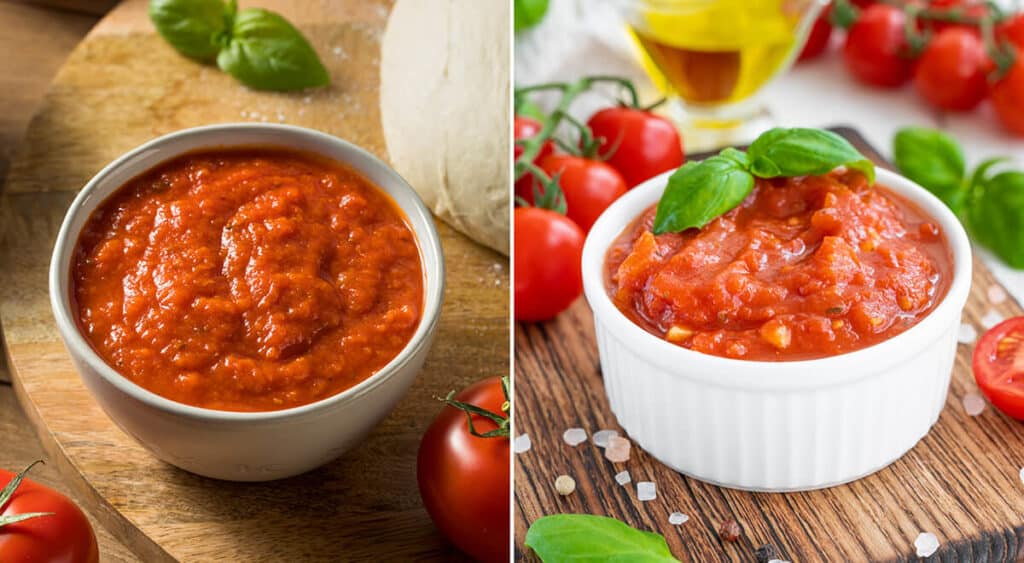
Most people think pizza sauce and marinara are the same, but there is a difference. It’s tricky to pinpoint because these two delicious sauces have many of the same ingredients and can look very similar.
Find What You’re Looking for:
Pizza sauce is a popular red sauce made with a tomato paste or puree, garlic, herbs, and other spices. Marinara sauce is also a red sauce made with whole fresh or canned tomatoes, onions, spices, and herbs.
Both pizza sauce and marinara are commonly used in Italian dishes such as pasta and pizza. However, they are not always interchangeable. Sometimes, you may need to use one or the other, depending on the recipe. For example, if a recipe calls for marinara sauce, you typically cannot use pizza sauce as a substitute and achieve the same taste.
If you’re looking to make a delicious Italian cruise at home, it’s helpful to know the difference between pizza sauce and marinara. Read on to learn the details.
What is the difference between pizza sauce and marinara sauce?
Pizza sauce has a smooth (yet thick) consistency that is very spreadable over pizza dough. It’s typically made with tomato paste or puree as the base of the sauce, with the salt, spices, and sugar being very concentrated for a robust flavor.
Marinara sauce typically has a chunkier consistency (tomatoes, onion, and garlic chunks). The base of this sauce usually is fresh or canned tomatoes. While this sauce also contains Italian spices and herbs, they are less concentrated in comparison.
Pizza Sauce vs. Marinara: A Side-by-Side Comparison
Here is a comparison of each sauce side by side to get a feel for the similarities and differences (as subtle as they may be!) between them.
Keep in mind that there are so many recipes for pizza sauce and marinara and these generalities may not always apply in every case.
| Pizza Sauce | Marinara | |
|---|---|---|
| Consistency | Smoother and spreadable Thicker consistency (not as much liquid so pizza won’t get soggy) | Chunkier (tomatoes, onion, garlic) Thinner consistency (perfect for dipping or pasta) |
| Base | Tomato paste or puree | Canned or fresh whole tomatoes |
| Flavor | Concentrated flavor due to salt and spices | Less concentrated flavor, still very flavorful |
| Onions | No fresh onions, onion powder | Fresh diced onions |
| Sweetness | Sweeter | Less sweet as a rule |
| Versatility | Less versatile (used mainly for pizza and pizza flavored dishes) | More versatile (used on a variety of dishes, including pizza, pasta, and dipping sauce) |
| Cooking process | Mix and use (doesn’t require cooking before spreading on pizza dough) | Requires sauteing and simmering to cook, thicken, and achieve the desired flavor |
Consistency
The consistency of pizza sauce and marinara is quite different. Pizza sauce is thicker yet spreadable over pizza dough. It contains less liquid, so the sauce doesn’t make the crust of a pizza soggy. Marinara sauce has more chunks because you’re using fresh or canned tomatoes, diced onion, and garlic. Plus, it’s a thinner sauce containing more liquid for dipping or layering over pasta.
Base
The base for each type of sauce is different as well. Pizza sauce has a tomato puree or tomato paste as the base for the sauce. (To get the thickness and concentrated flavor it needs.) And marinara commonly uses whole tomatoes, crushed or diced tomatoes, and even tomato puree in some recipes, which create a tomatoey flavor-filled sauce.
Flavor
While both sauces look very similar and have so many similar ingredients, the taste of each is very different. In a blind taste test, you should be able to pick them both out easily. Pizza sauce has a very robust, concentrated flavor of tomatoes, saltiness, and spices. (And obviously tastes like pizza.) Marinara is still full of flavor, but it’s less concentrated and more of the tomato flavor stands out because of less added salt and sugar.
Onions
Many marinara recipes will start with sauteing fresh diced onions and garlic. While pizza sauce may contain onion powder or salt, it rarely has fresh onion chunks.
Sweetness
Pizza sauce is sweeter than marinara sauce (in most cases), although both can contain sugar or corn syrup in some store brands, so be sure to read the labels before buying.
Versatility
Pizza sauce is used for pizza or dishes that you want to have a pizza-like flavor, making it a bit less versatile than marinara sauce. While marinara can be used for a more extensive array of recipes including pizza, pasta, meats, etc.
Cooking Process
The cooking methods for each sauce are different as well. With marinara, you cook the sauce to bring out the flavor of the tomatoes and to cook the liquid away. Alternatively, pizza sauce ingredients can be mixed together and used on pizza right away without cooking it beforehand.
Read on for more in-depth information on each of these tomato-based sauces.
Pizza Sauce
What is Pizza sauce? Pizza sauce is a type of tomato sauce that is used on pizza. It is made with a puree of tomatoes or tomato paste with savory seasonings and typically includes sugar for an added sweet taste. This sauce can be used on other Italian dishes, but it is most commonly used on pizza.
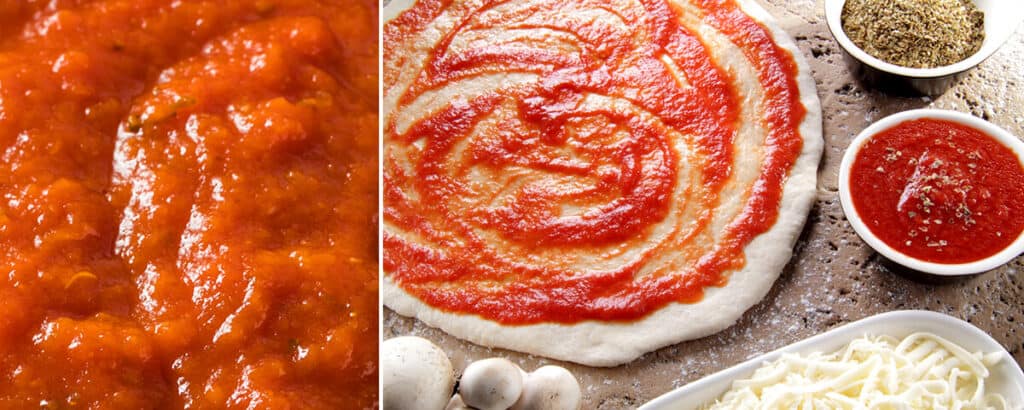
Common Ingredients in Pizza Sauce
Let’s look at what ingredients are typically in your store-bought pizza sauce (RAGU, Classico, Organics, Contadina) and homemade pizza sauce recipes.
- Tomato puree (water, tomato paste) or whole peeled tomatoes
- Diced tomatoes
- Extra virgin olive oil, soybean oil, or butter
- Salt
- Sugar or corn syrup
- Garlic
- Italian spices, garlic powder or salt, onion powder
- Black pepper
- Oregano
- Basil
- Red pepper flakes or crushed red pepper

What to make with pizza sauce
- Pizza
- Pizza rolls or pinwheels
- Pizza noodle bake or casseroles
- Pizza sandwiches
*Think mostly dishes you want to taste like a version of pizza.
Marinara Sauce
What is Marinara? Marinara sauce is a tomato sauce with garlic, herbs, and onions popular in Italian-American cuisine. This sauce is commonly used to prepare spaghetti and other pasta. It may also be used on meats like chicken, meatballs, ground beef, or fish.
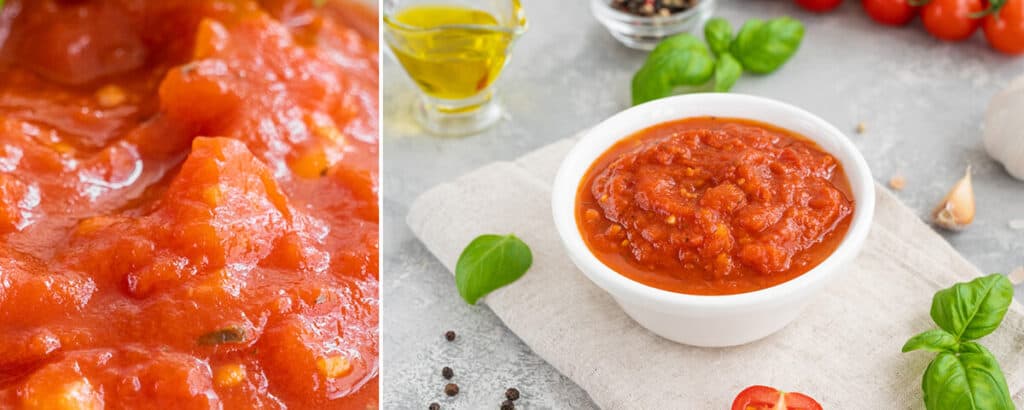
The original Italian sauce is called ‘alla marinara’ made with tomatoes and herbs. And can include olives, anchovies, wine, and other ingredients as well. It’s typically served with pasta, meat, or fish.
Common Ingredients in Marinara
Let’s look at ingredients in top brands at the grocery store (Newman’s Own, Raos, Classico, Organics) and popular homemade recipes.
- Canned whole peeled tomatoes
- Crushed tomatoes, diced tomatoes, tomato puree
- Extra virgin olive oil
- Yellow onions
- Garlic cloves
- Red pepper flakes or crushed red pepper
- Salt
- Garlic or garlic powder
- Basil leaves
- Black pepper
- Oregano
- Fennel seeds
- Sugar
- Vinegar
- Spices/Italian seasoning
- Fresh basil or parsley
- Parmesan cheese
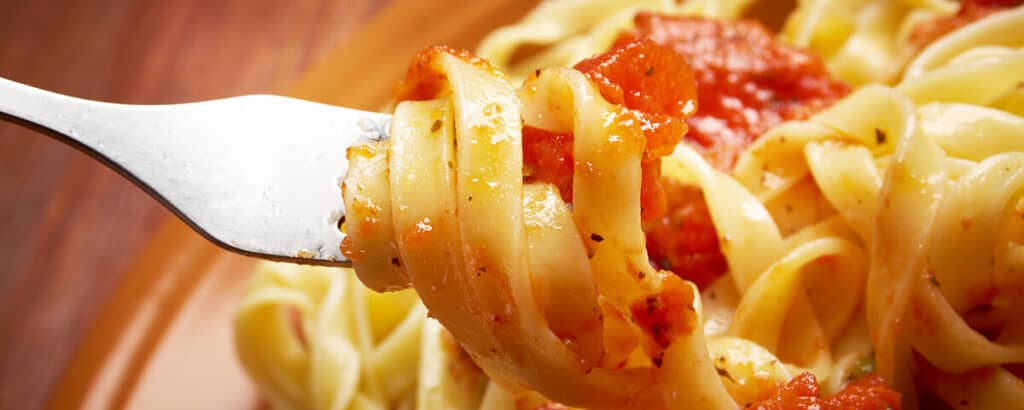
What to make with marinara sauce
- Pasta and pasta bakes
- Pizza and pizza inspired dishes
- Dipping sauce
- Chicken parmesan
- Italian stuffed shells
- Meatball subs
- Lasagna
- Manicotti
- Spaghetti
- Ravioli
Other Similar Sauces
Let’s discuss other related sauces—pasta sauce, tomato sauce, and spaghetti sauce.
Tomato sauce
When we talk about tomato sauce, it’s typically a very basic tomato sauce used as a base for different sauce recipes. Ingredients usually include tomato puree (water, tomato paste) and a minimal amount of salt, garlic powder, onion powder, and red pepper.
Pasta sauce
Pasta sauce is very similar to a marinara sauce or spaghetti sauce as it’s a tomato sauce with additional ingredients like garlic, onion, spices. It’s primarily used in pasta dishes like lasagna, fettuccine, and penne.
Spaghetti sauce
As you can guess from its name, spaghetti sauce is any sauce you put on spaghetti noodles. It’s tomato-based and contains garlic, spices, and herbs. And it commonly has meat and veggies added as well.
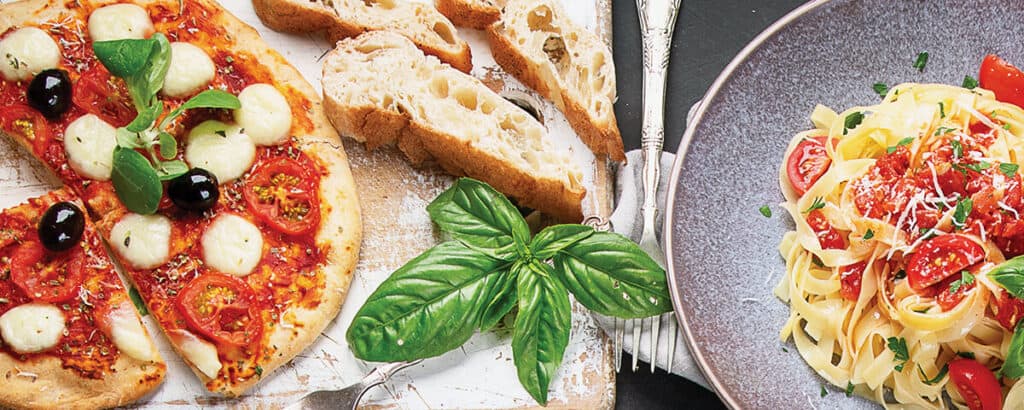
Common Questions
Here are answers to common questions about the difference between marinara and pizza sauce and when to use them while cooking.
Can you substitute pizza sauce for marinara sauce?
If you want to know if pizza sauce can be used as a marinara sauce, the answer is yes, but with conditions. Pizza sauce can be substituted for marinara sauce if your goal is for your dish to emulate the flavor of pizza.
Keep in mind that pizza sauce is usually more seasoned than marinara sauce, so if you’re looking for a 1:1 substitution, cut back on the amount of seasoning you add to your dish. In addition, pizza sauce is thicker than marinara sauce, so you’ll want to thin it out with water or tomato juice before using it as a substitute.
Is marinara for pizza or pasta?
Marinara sauce can be used for both pizza and pasta. It is a much more versatile sauce compared to pizza sauce, with a very distinct flavor. You can use this tomato-based sauce for pizza-style dishes, lasagna, pasta dishes, or a dipping sauce for mozzarella sticks or cheese breadsticks.
What can I use if I don’t have pizza sauce?
If you don’t have pizza sauce, you can easily use a substitute like marinara, pesto, alfredo sauce, or barbecue sauce, depending on the pizza or dish you are making. The flavor will differ from the traditional pizza sauce you are used to using.
Is spaghetti sauce the same as marinara?
Spaghetti sauce is a type of tomato marinara sauce, and it tends to be richer, served with spaghetti noodles or other pasta, and has additional ingredients like ground beef or veggies.
Final Thoughts
So, now that you know the difference between pizza sauce and marinara, what will you make with your newfound knowledge? Whether you’re whipping up a quick Margherita pizza for dinner or preparing a classic Italian dish like lasagna or manicotti, knowing which sauce to choose and what substitutions you can make is key.
With this information, you can confidently select the right sauce for your pizza and pasta recipes.
Read more
Pin for later
